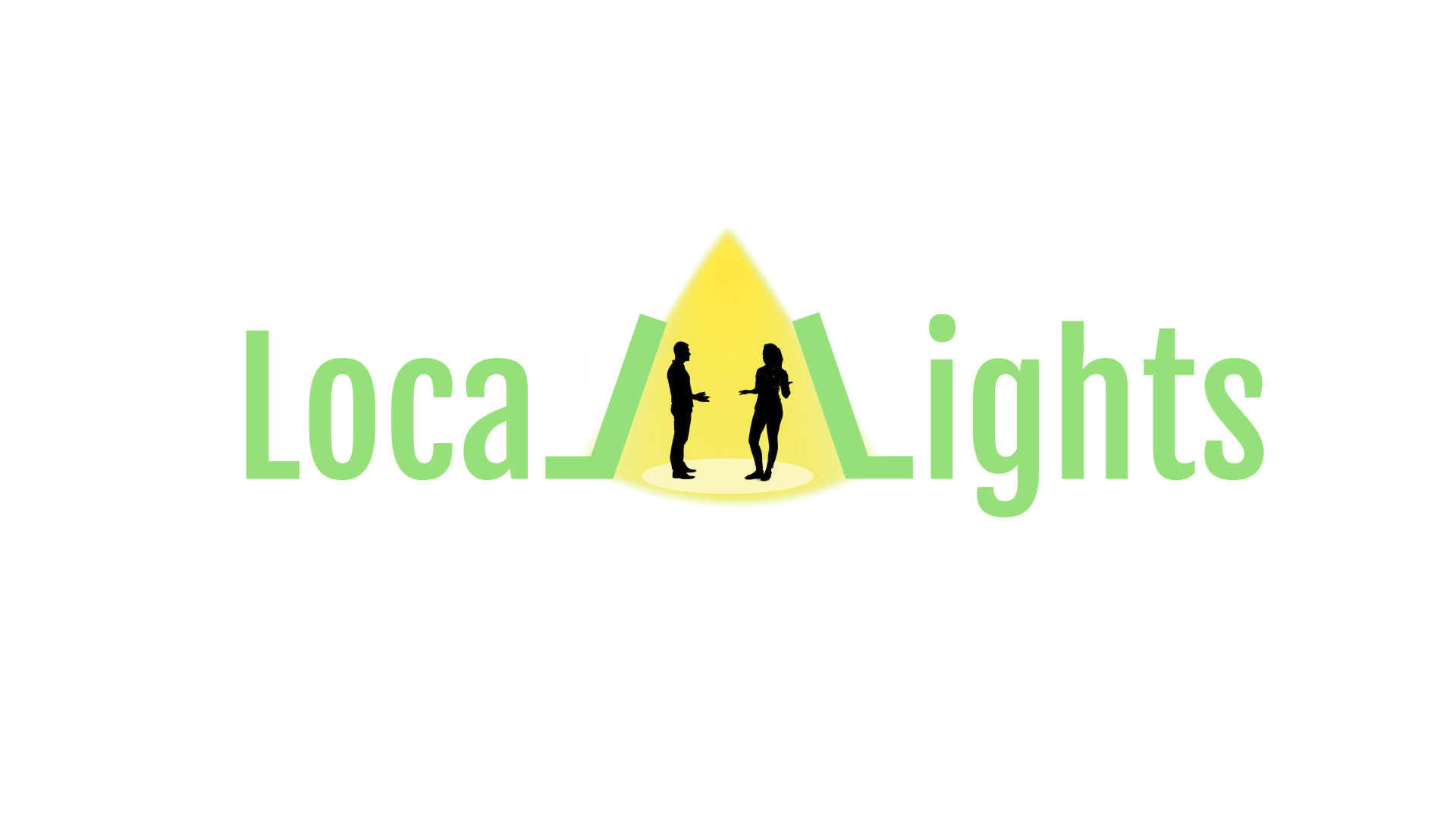This page is currently available in German only. If you would like to view the content in another language, most modern browsers offer a built-in translation feature. Below are instructions on how to enable this feature, depending on the browser you are using:
Google Chrome (Desktop and Mobile)
1. Automatic Translation Prompt:
- Open the page in Google Chrome.
- If Chrome detects that the page is in a language different from your default, a small prompt will appear at the top right asking if you want to translate the page.
- Click „Translate“ to display the content in your language.
2. If the prompt does not appear:
- Right-click anywhere on the page and select „Translate to [your language]“.
- Alternatively, click the small icon in the address bar (often marked with an „A“) and select „Translate this page“.
Microsoft Edge
Open the page in Microsoft Edge.
If the page language differs from your browser’s default, a translation prompt will appear.
Click „Translate“ to switch the content to your preferred language.
You can also click the translate icon in the address bar to manually trigger translation.
Apple Safari (macOS / iOS)
Open the page in Safari.
If Safari detects a different language, an „aA“ button will appear in the address bar.
Click or tap the button and select „Translate to [your language]“, such as English.
Note: Safari’s translation feature is only available in certain regions and for supported languages.
Tip: To improve translation accuracy, make sure your browser’s language preferences are set correctly. This ensures the translation prompt appears automatically when necessary.
If you require assistance, please do not hesitate to contact us.
